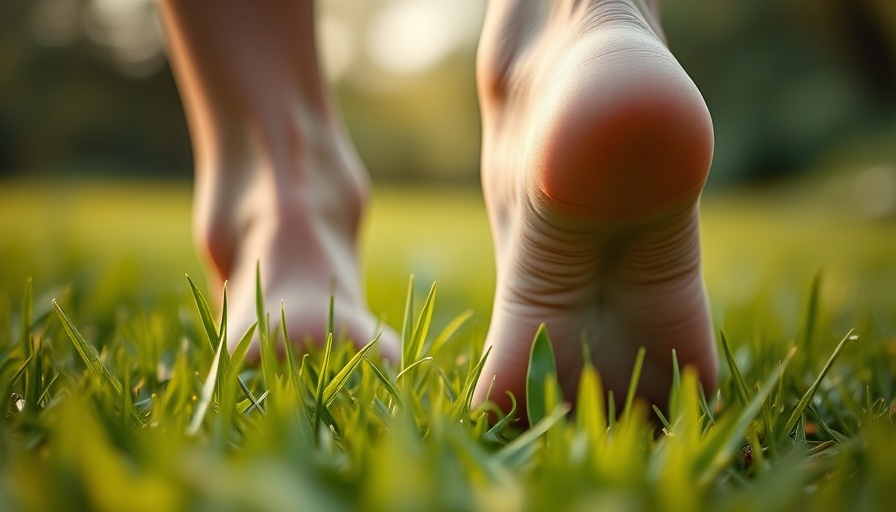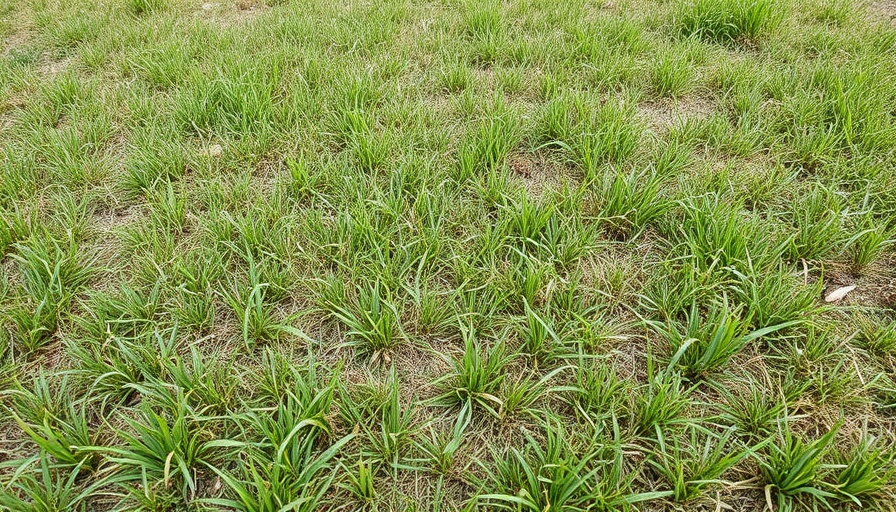
Unveiling the Secret Superpower of Potassium for Your Lawn
Have you ever wondered what makes your lawn withstand the harsh elements, fend off diseases, and stay lush throughout the seasons? While nitrogen and phosphorus often steal the limelight, potassium quietly plays a heroic role in ensuring your grass remains resilient and healthy. Understanding the vital functions of this often-overlooked nutrient is crucial for any lawn care enthusiast.How Potassium Works its Magic
Potassium is integral to the well-being of your turf, helping grass manage stress from environmental adversities. It fortifies the cell walls, acting as a shield against common diseases and optimizing nutrient uptake, which keeps your grass vibrant and robust. Potash, a type of potassium-rich fertilizer, acts as a perfect delivery system, making it easier for potassium to penetrate the grass roots and do its work. This nutrient also enhances the lawn's ability to stand tall during droughts by regulating water inside each blade, thus preventing wilting.Potassium's Role in Lawn Care Evolution
Historically, the use of potassium in lawn care has been underappreciated compared to its more prominent counterparts. However, as our understanding of ecosystem interactions has evolved, so too has our appreciation for potassium. Its critical role in stomata function—tiny openings that help your lawn 'breathe'—is now recognized as essential for photosynthesis and water regulation, vastly improving the turf's resilience over time.The Future of Lawncare and Potassium
Looking ahead, as climate conditions become increasingly unpredictable, potassium's importance cannot be underestimated. Its ability to winter-proof lawns and combat diseases positions it as a staple in forward-thinking lawn care strategies. Homeowners and landscapers alike are advised to keep an eye on emerging potassium-based fertilizers that promise to offer even greater efficiency in nutrient delivery and disease prevention.Discover the transformative power of potassium for your lawn and unlock your turf's full potential. By incorporating potassium-rich fertilizers into your lawn care routine, you can ensure a vibrant, disease-resistant, and healthy lawn year-round.
 Add Row
Add Row  Add
Add 


Write A Comment